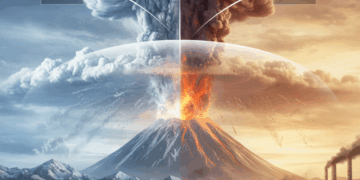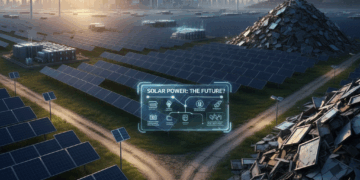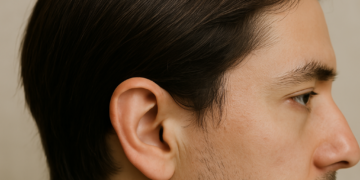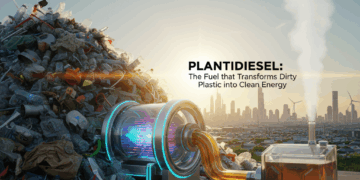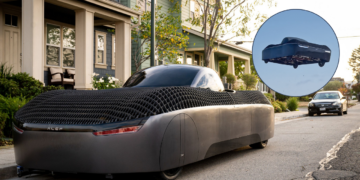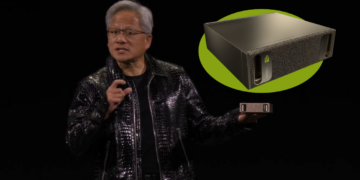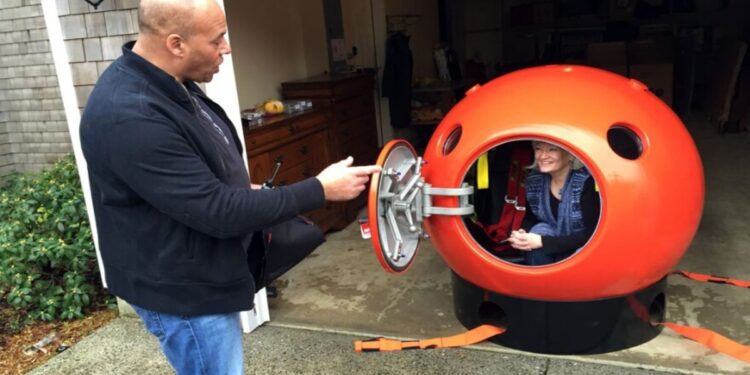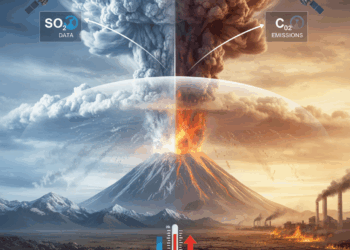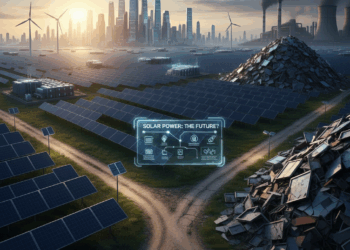Imagine a 20-metre wave crashing down on your house. You can’t run. You can’t hide. But you could climb inside a floating sphere that protects you from the force of the water. This is the principle behind the Survival Capsule, an aerospace aluminium sphere designed to protect lives during tsunamis, hurricanes and extreme events.
Survival Capsule, a rescue sphere designed by aerospace engineers to protect people specifically in the event of tsunamis, hurricanes, coastal landslides and other sudden natural disasters. It is an idea that is as visionary as it is practical, developed after the devastating 2004 Indian Ocean tsunami, which claimed over 225,000 lives.
A spherical armour designed to withstand the impossible
A spherical armour designed to withstand the impossible
Made from 6061-T6 aluminium alloy, the same used in aerospace, the Survival Capsule is available in different models, with capacities ranging from 2 to 12 people. It has a spherical shape to maximise structural strength and reduce the impact of debris, and can float, roll and withstand multiple impacts.
The basic models have a diameter of 1.8 metres, an empty weight of approximately 135 kg and include:
- seats with 4-point seat belts
- 4-litre water tanks per person
- passive ventilation system + emergency air cylinders
- lexan polycarbonate windows
- external anchors and GPS beacons to facilitate post-event recovery
In critical scenarios, each capsule can offer an estimated autonomy of 3–5 days, sufficient to await rescue.
The team subjected the capsules to simulations and real-life tests: drops from over 30 metres, impacts at 160 km/h against rigid surfaces and immersion in salt water. The results confirm the structural integrity and stability of the sphere even in conditions similar to a real tsunami, which can reach speeds of over 700 km/h in the open sea and heights of over 20 metres on the coast.
Where it is needed and why
According to NOAA (National Oceanic and Atmospheric Administration), over 600 million people live in areas at risk of tsunamis. Countries such as Japan, Indonesia, the Philippines and the Pacific coast of the United States are among the most exposed. Vertical or horizontal evacuation is not always possible, especially for the elderly, disabled or those living near the shore. This is where the Survival Capsule can make a difference.
Limitations and prospects
The cost is still high, ranging approximately around $15,000–$25,000 for the basic versions of the capsule. However, the team is working to automate production and obtain certifications that could lead to public incentives. In Japan, some municipalities are considering adopting the capsules in schools and hospitals. In the United States, the Civil Protection Agency has expressed interest in including them in local emergency plans.
A technology for survival, not just resistance
The Survival Capsule does not promise miracles, but it offers a real possibility in the absence of alternatives. It is a technology that combines extreme engineering and functional design, transforming a threat into an opportunity for salvation. In a world where extreme weather events are becoming increasingly frequent, solutions like this may not be a luxury, but a necessity.
Although the Survival Capsule has not yet become a global standard, its combination of easily patentable design, use of aerospace materials and engineering strength could open up new avenues in the field of civil protection and disaster design.



